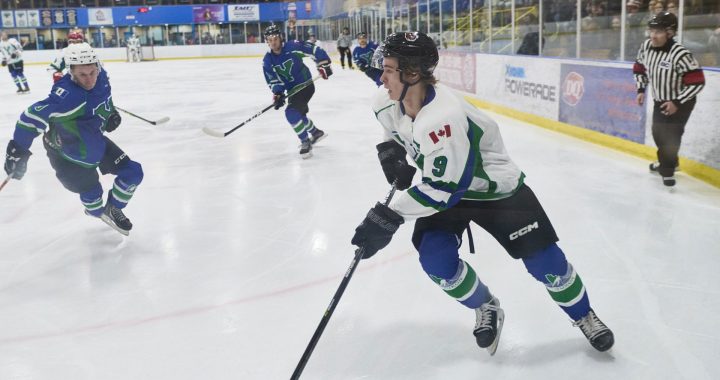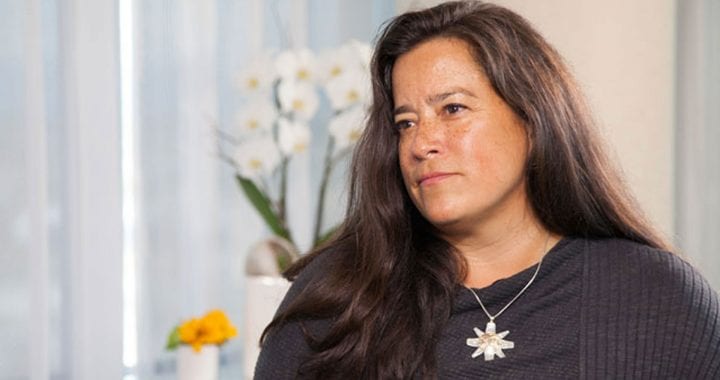The prime minister warns that COVID-19 cases are “spiking out of control” and – unlike the first wave – they’re hitting some First Nations extra hard.
The number of active COVID-19 cases on First Nations reserves has increased tenfold in the last two months, primarily in western provinces, which has health officials warning of continued surges if people don’t take stricter measures to curb to the spread.
“The predictions are that we will have more and more COVID into December,” said Dr. Evan Adams, deputy chief medical officer at Indigenous Services Canada (ISC), in an interview Thursday.
“I know people are tired, but I hope people will think about safety and the personal safety of their family members. Just be aware, but don’t be scared. Just do what you know you have to do.”
On Friday morning, public health officials released a stark COVID-19 reality check through new epidemiological models that present a grim worst-case scenario.
Daily reported cases could skyrocket to 60,000 by the end of December if contact levels increase. That number would still balloon to 20,000 per day at current levels.
Novel coronavirus cases will likely rise rapidly in the short term, but flattening the curve remains the goal.
“With continued rapid growth in daily case counts, rising numbers of hospitalizations and deaths, and spread in high-risk populations and settings, there is urgency to quickly bring infection rates down across the country,” said Dr. Theresa Tam, the country’s chief public health officer, at a news conference Friday.
The number and size of outbreaks are increasing. Hospitalizations have increased and so has the number of COVID-related deaths, according to the data.

Back to familiar ground outside his front cottage door, the prime minister said he’s not considering another nationwide lockdown, which he called “a blunt object of a tool” that helped mitigate the first wave.
“We need to hang in there. We need to know that the end is in sight, but we’re not there yet. We still got to get over this hump of a winter that’s going to drive us inside, endanger us to more spikes and more transmission – and really hang in there,” Justin Trudeau urged, also Friday.
As of Nov. 9, however, the test positive rate for First Nations on reserves was half that of the general population, while the fatality rate was one-fifth of the general population.
Atlantic First Nations remain unscathed. But First Nations in Manitoba, Saskatchewan and Alberta have experienced large outbreaks, which Adams said ISC attributes partly to overcrowding.
“There has been a very fast rise in some areas. Manitoba had no First Nations cases on reserve up until the beginning of September and now they have some of the highest numbers in the country,” Adams said.
“We think it’s, in part, because of living conditions. We think it’s in part because people are gathering socially and maybe not so mindful of the public health measures like social distancing and wearing masks, and the jury is still out for some of them. We’re not sure how this community transmission is occurring, but we’re definitely telling people we did so well for so long, maybe it’s time to get a little stricter.”
ISC Minister Marc Miller announced $120 million to help First Nations in Saskatchewan and Alberta get through the outbreaks.
“Over the last week I’ve been in contact regularly with First Nations leadership in those provinces and they’ve been specific about what is required to protect their members and communities. The measures announced today are in direct response to their requests,” Miller told reporters.
Adams also called “concerning” the spate of cases to hit Nunavut, which was one of the few places in the world that avoided the first wave. ISC is also concerned about what he called the “smouldering” of cases in First Nations: a steady spread over a long period of time that doesn’t fully subside.
Watch: Dr. Evan Adams on the need to stay calm amid rising cases
He also said the department is concerned for sub-populations of Indigenous people who may be at higher-risk such as elders, those in long-term care, people with underlying conditions and people dealing with addiction or homelessness.
Adams recommends sticking to standard public health measures, staying positive, trying to retain a sense of normalcy or getting out on the land, despite the cold.
“The change is really difficult sometimes. I think people are feeling strained in their minds and in their spirits and in the emotional lives. Like our old people have said, or have been saying, that we must look for gratitude,” the doctor explained.
“We must be humble, and we must remind ourselves of the good things we have. Now is time to pull out all the stops on how to be strong on the inside, to look inward for inner strength.”
On Friday, ISC reported 1,174 active cases of COVID-19 on reserves and 23 deaths in total. There is one active case in Nunavik and 84 in Nunavut.










